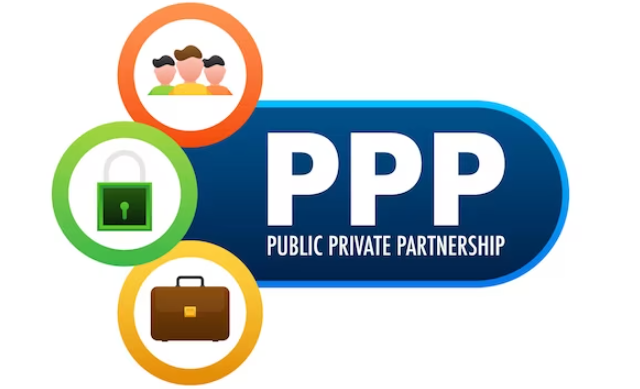
Since the inception of Mobility as a Service (MaaS) in 2015, there has been a growing recognition within the market of the necessity for interconnected mobility solutions. These solutions aim to harness the value associated with services geared towards fostering a more sustainable, digital, and streamlined mobility experience.
Although there’s a prevalent notion that MaaS initiatives should primarily be spearheaded by public institutions to ensure fairness in outcomes, there exist various models and strategies for implementation. The pivotal element lies in ensuring transparency regarding the origins of the information being provided.
Unlocking Innovative Mobility Initiatives
A primary obstacle to the successful functioning of Mobility as a Service (MaaS) or any connected mobility solution within urban areas is the collaboration between public and private entities.
Despite varying strategies and business models among stakeholders, identifying synergies and points of collaboration can facilitate a smarter, more efficient, and sustainable trajectory for mobility. Through collaborative efforts, both the public and private sectors can address challenges and provide cohesive solutions that improve the quality of life for citizens, advancing us towards a future of interconnected mobility.
Utilizing Public-Private Collaborations to Generate Value
Currently, mobility is in constant innovation, driven by both private companies and public entities. However, the asynchrony of paces can lead to delays in materializing certain advances.
In this blog post, we’ll explore how PPPs can enhance MaaS models and generate significant value for cities and commuters alike.
Collaborative Development: By bringing together the expertise and resources of both public authorities and private companies, PPPs facilitate the creation of comprehensive MaaS platforms. Public agencies contribute essential infrastructure, regulatory support, and valuable data, while private entities offer innovative technologies and customer-centric services. This collaboration results in user-friendly MaaS solutions tailored to the diverse needs of commuters.
Scalability and Sustainability: PPPs enable the implementation of scalable and sustainable MaaS initiatives by sharing risks and investments. Through aligned incentives and shared financial burdens, both parties can accelerate the deployment of MaaS systems, encouraging innovation and continuous improvement. This approach fosters the evolution of resilient MaaS models that adapt to changing urban dynamics.
Optimization of Resources: PPP-driven MaaS platforms maximize the utilization of existing transportation infrastructure and resources. By integrating various modes of transport, including public transit, ridesharing, and micro-mobility services, these platforms enhance the efficiency of urban mobility networks. This not only reduces congestion and emissions but also improves accessibility and affordability for users.
In conclusion, Public-Private Partnerships play a vital role in advancing MaaS and unlocking its potential value. By fostering collaboration, sharing risks, and optimizing resource utilization, PPP-driven MaaS initiatives have the power to revolutionize urban transportation. Through these partnerships, cities can create sustainable value for their communities while delivering enhanced mobility experiences for all.
